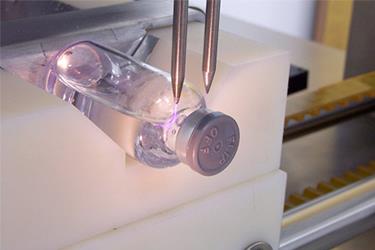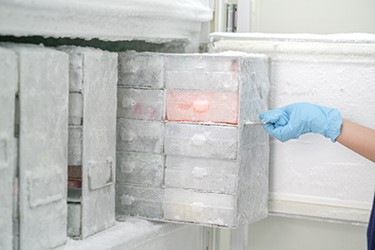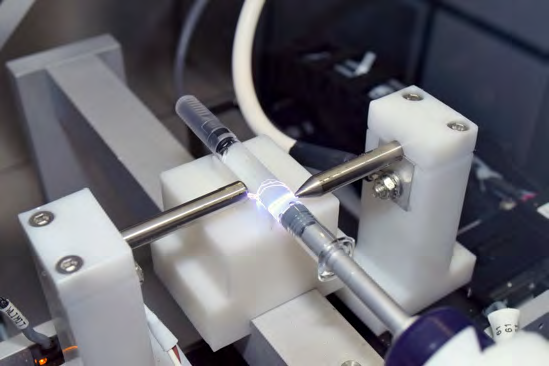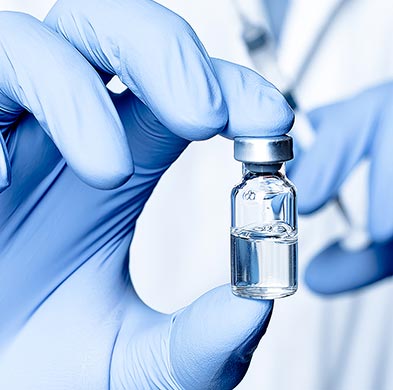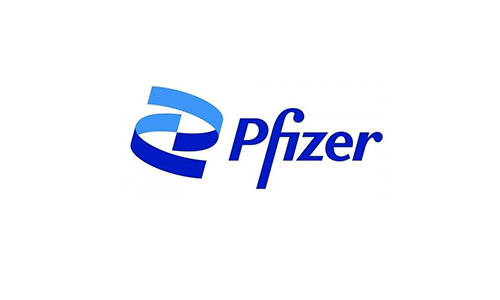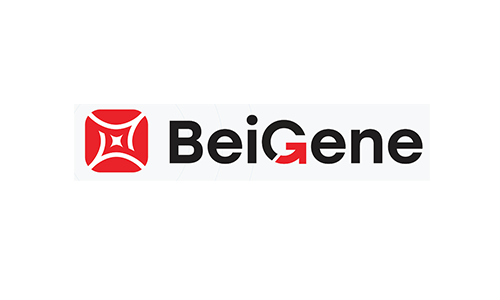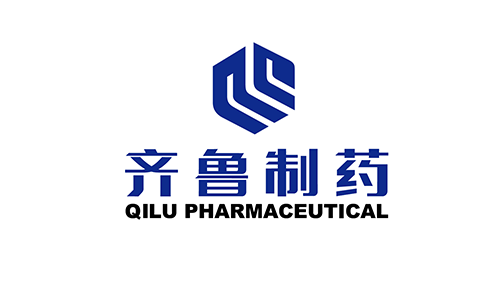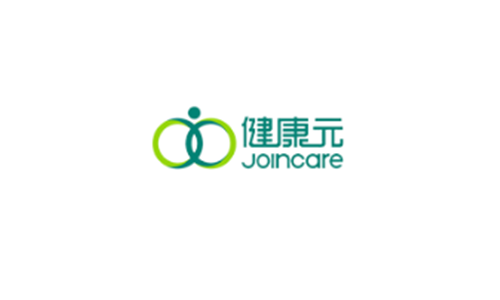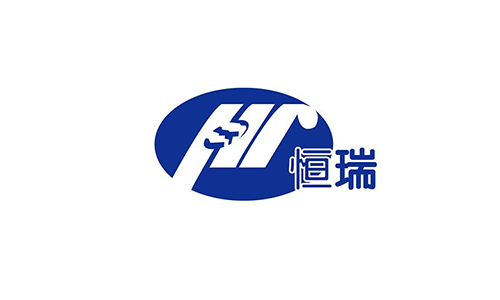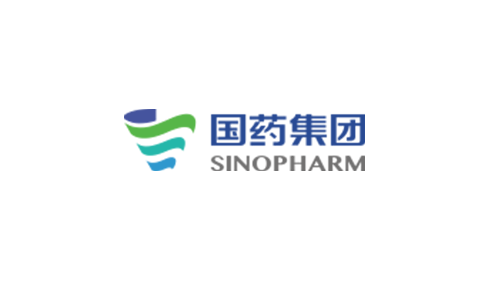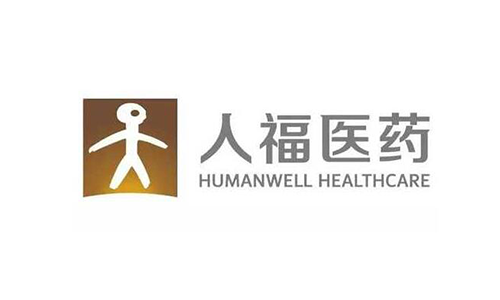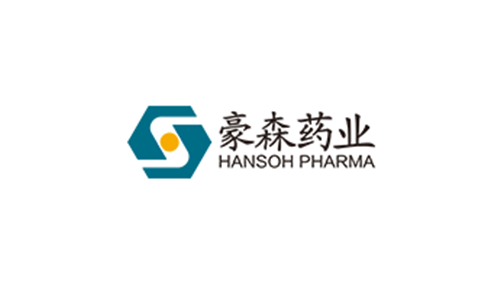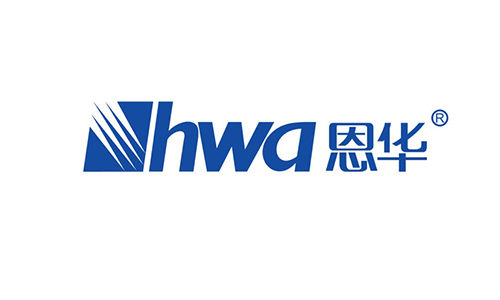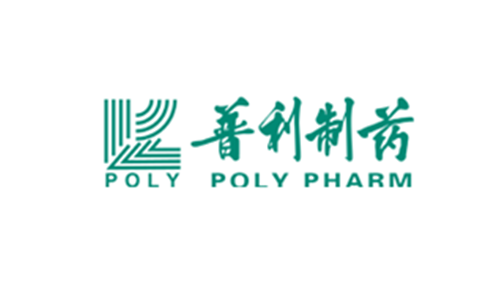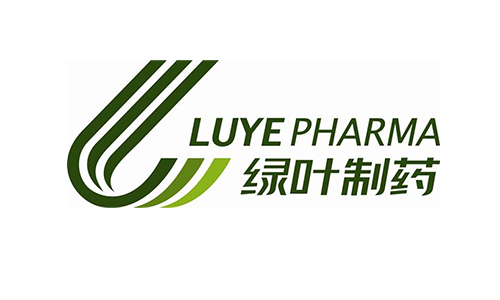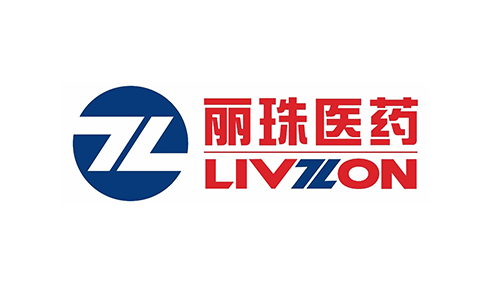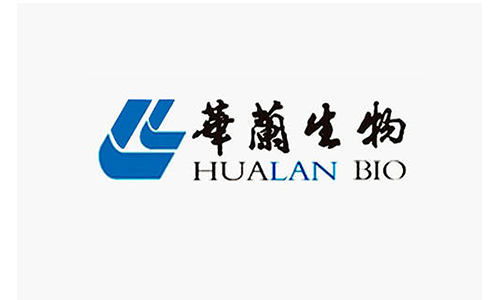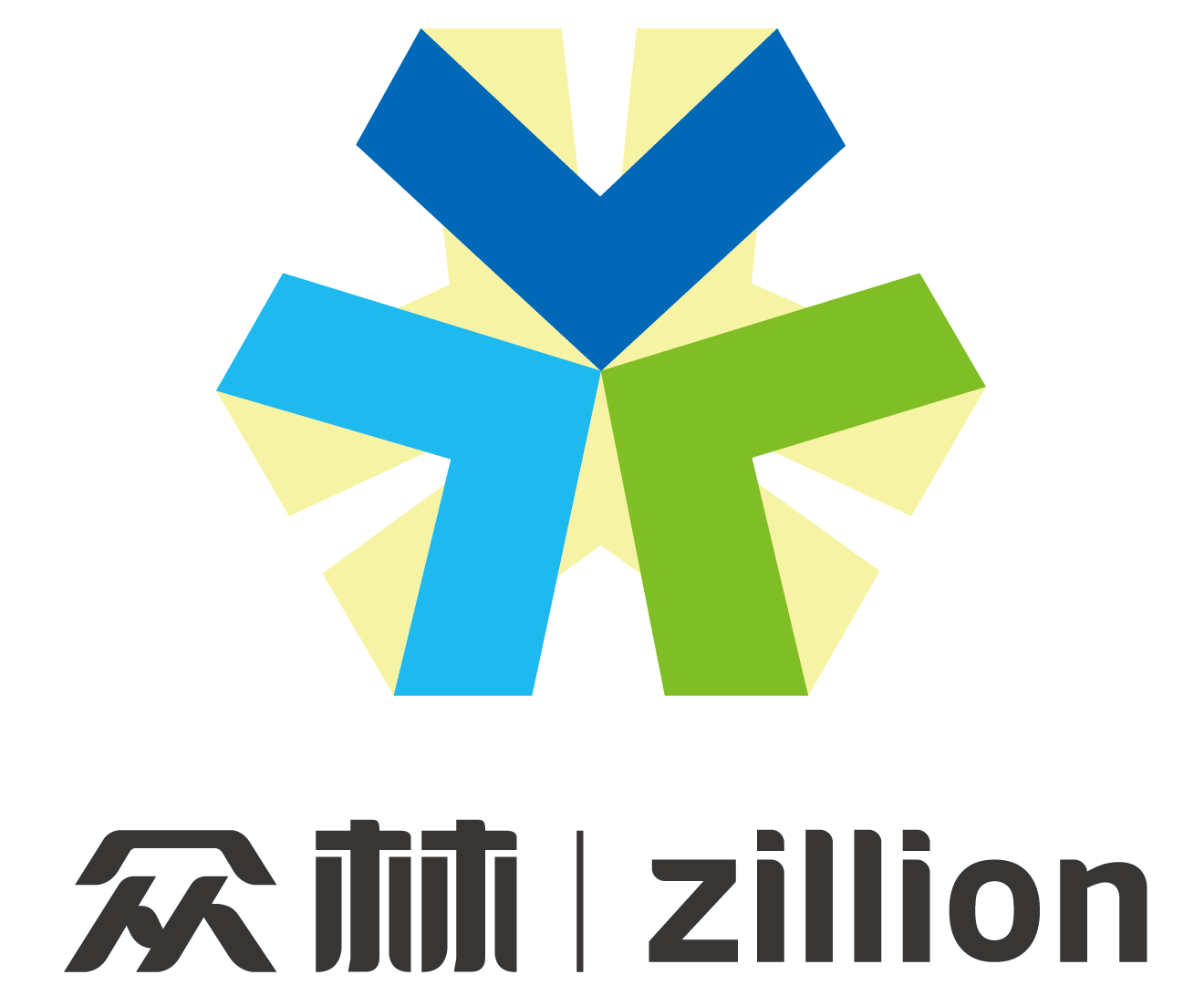-
-
6 Reasons To Consider HVLD vs. Vacuum Decay For Pharma Products
It’s no surprise that the container-closure system for any pharmaceutical product plays an essential role in ensuring that drug’s stability and sterility. Container-closure integrity is the ability of the system to keep contents in and to keep harmful environmental contaminants out. It consists of the components intended to seal and protect the package/delivery system and its valuable contents.
넶3 2022-01-20 -
An Introduction To Residual Seal Force (RSF) Of Product Requiring Deep Cold Storage
Since the early part of the last century crimped, stoppered vials have been a primary packaging system for parenteral medicines. The system has proved effective and reliable in containing and protecting the quality, safety and efficacy of many injectable drug products.
넶3 2022-01-20 -
Applications For High Voltage Leak Detection You Might Not Be Aware Of
No matter how carefully a pharmaceutical product container is prepared, it is still unsafe for human use if the container has a pinhole or defective seal. These containers are commonly kept in environments with varying temperatures, which can directly impact the product inside.
넶2 2022-01-20 -
Dye Ingress, a Poor Bet in a High Stakes Game
The dye ingress test method continues to be a widely used test method for Container Closure Integrity (CCI) within the pharmaceutical industry. For high risk parenteral applications this method is not a suitable approach due to reliability of the method and measure.
넶1 2022-01-20 -
Industry Must Move Away From Dye Ingress
Few events have contributed more to society’s understanding of pharmaceutical container closure integrity than the 1970 outbreak of bacterial infections from IV fluid container failure. Eight hospitals across seven states received compromised IV fluids, leading to nine deaths.
넶2 2022-01-20
-
-

